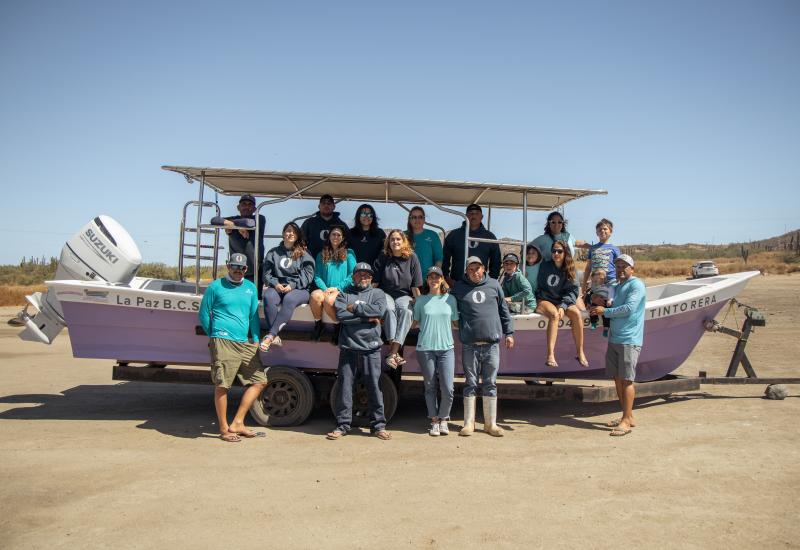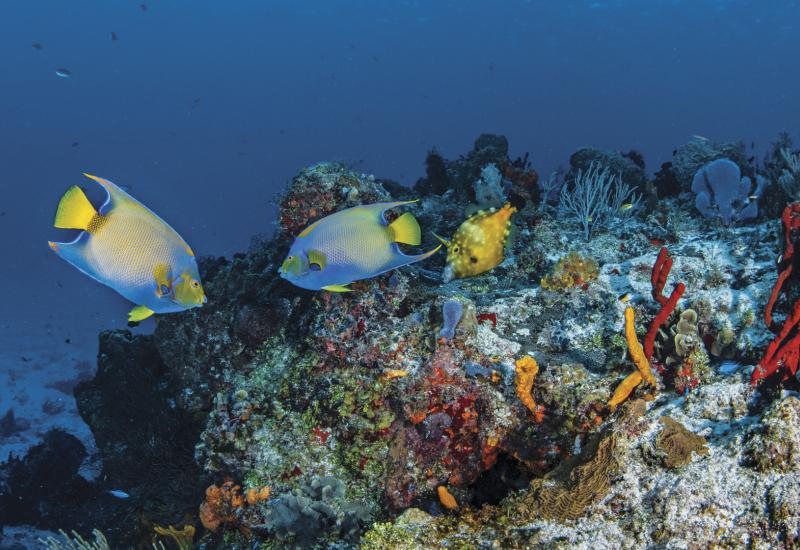See What It's Like to Cave Dive in Mexico's Yucatan Peninsula
When it comes to cave inspiration, Australian technical diver Jonathon Di Cecco has you covered. In this underwater video, Di Cecco shows his exploration of the Nohoch Nah Chich cenote system, located along the Yucatán Peninsula just outside of Tulum, Mexico.
The caves are formed over time as precipitation trickles through porous limestone, becoming acidic and slowly dissolving tunnels and cavities throughout the rock. Eventually, these connect to form cave systems. This happened eons ago, when ice caps held most of the Earth’s water. When the climate changed and the ice melted, water flooded into the systems, keeping them frozen in time.
The intricate furnishings of the caves — the stalactites (on the ceiling) and stalagmites (on the cave floor) — are the result of water and minerals dripping through the limestone when the caves are not yet flooded. The minerals build up into cone-shaped structures, dripping to the floor of the cave and creating inverse cone shapes. Sometimes, the stalactites and stalagmites get so big that they merge together into one single column, which can be seen in the video.
To learn more about diving the cenotes, click here.
Follow Di Cecco on Instagram @jdc_technical.
MORE UNDERWATER VIDEOS:
World's Craziest Dives: Skydiving to Scuba Diving in Australia
Octopus Tries to Steal Camera from Scuba Diver's Hands in Egypt
Australian Giant Cuttlefish Migration










